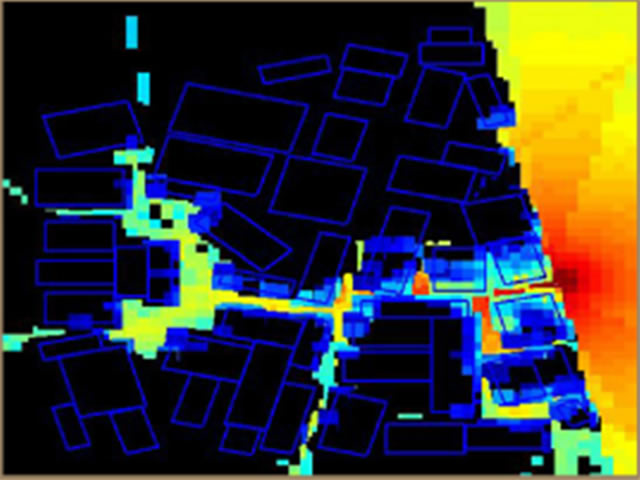|
This text is replaced by the Flash movie.
|
|
The propagation simulator generates realistic propagation for mobile nodes operating in the urban environment. The propagation simulator takes the city map as input and generates a matrix of the propagation characteristics between all pairs of locations. Once the complete propagation matrix is determined, mobility tracefile is used as input and the propagation tracefile is generated. The propagation trace file provides the propagation between node pairs. Some current features:
|
